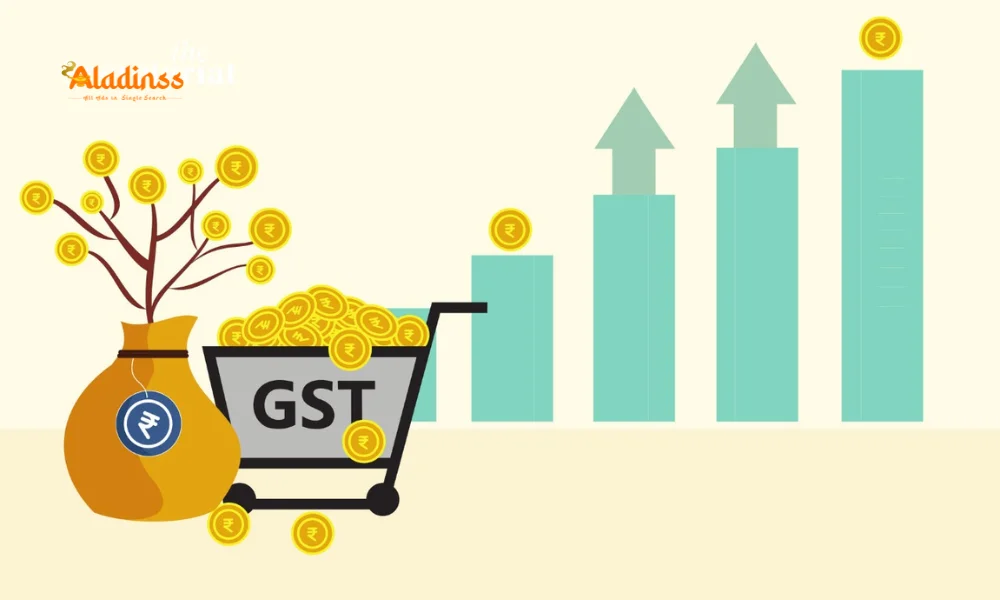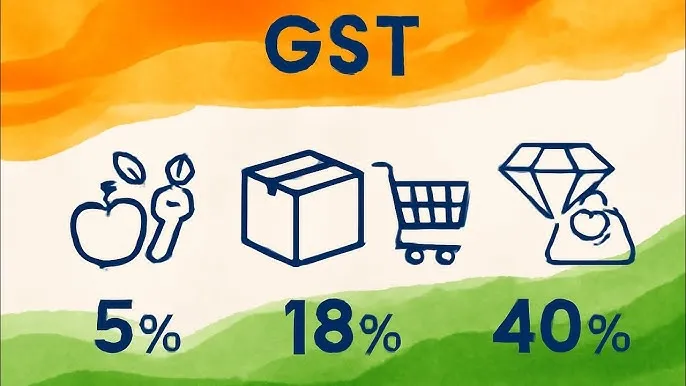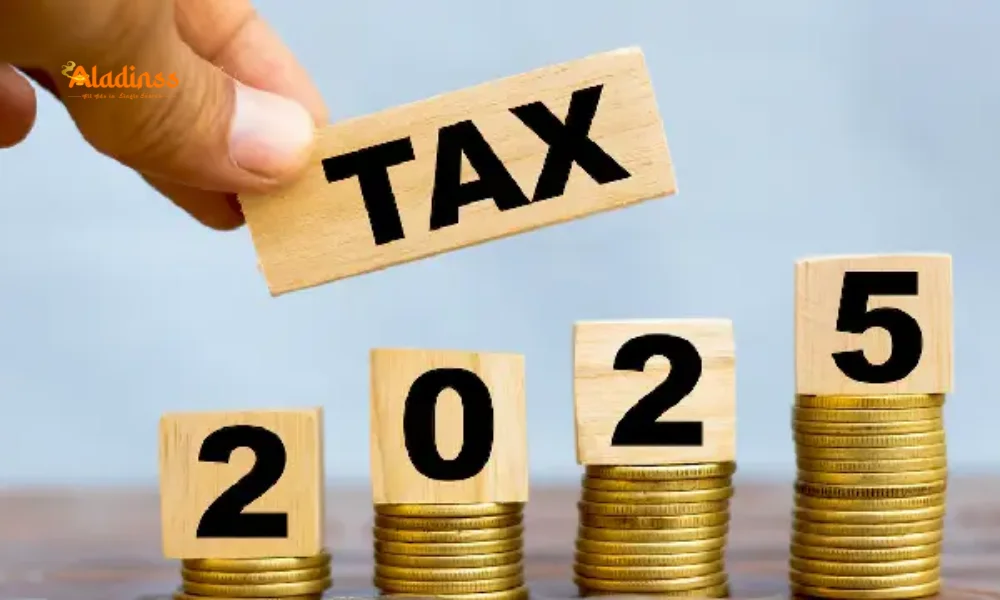GST Reduction on Navratri 2025: PM Modi Announces Major Tax Reforms for People's Savings

GST Reduction on Navratri 2025: PM Modi Announces Major Tax Reforms for People's Savings
In a historic address to the nation on September 21, 2025, Prime Minister Narendra Modi announced groundbreaking GST reforms set to take effect on the first day of Navratri, September 22. This latest development in India's economic landscape promises increased savings for citizens, lower prices on essential goods, and a simplified tax structure that boosts businesses and the middle class. As part of the next-generation GST 2.0, the reforms reduce tax slabs from four to two, marking a significant step towards 'One Nation, One Tax' and accelerating the journey to a developed India.
PM Modi's National Address: A Diwali Gift Ahead of Time
At 5 pm on September 21, Prime Minister Modi extended Navratri greetings and unveiled the reforms as a festival surprise. He emphasized that these changes would increase people's savings starting tomorrow, benefiting the poor, middle class, and businesses alike. The announcement follows the 56th GST Council meeting in Delhi, chaired by Union Finance Minister Nirmala Sitharaman, where the council approved slashing GST slabs from 5, 12, 18, and 28 percent to a streamlined 5 percent and 18 percent, with luxury and sin goods at 40 percent.
Modi highlighted the reforms' role in simplifying tax rates and reducing prices across various goods. This move, effective immediately from Navratri's start, aligns with his Independence Day promise of major GST overhauls as gifts during the Diwali season. The Prime Minister's speech painted a picture of economic empowerment, where reduced taxes translate to more disposable income for households and enhanced competitiveness for industries.

Evolution of GST: From Complex Legacy to Unified System
Introduced in 2017, the Goods and Services Tax unified India's fragmented sales and service taxes into a single framework, replacing a maze of over a dozen levies. Prior to GST, businesses faced nightmares with varying state taxes, customs duties, and compliance burdens. Modi recounted a foreign newspaper story from 2014, illustrating the absurdity: goods from Bengaluru to Hyderabad, just 570 km away, were cheaper to route via Europe due to tax complications. Such inefficiencies inflated costs, burdening consumers and stifling trade.
Under Modi's leadership, extensive consultations with states addressed concerns, leading to GST's successful rollout. This 'One Nation, One Tax' vision eliminated cascading taxes, fostering a seamless national market. The 2025 reforms build on this foundation, rationalizing slabs to enhance ease of doing business and promote investments. With 99 percent of common household items now under 5 percent tax, essentials like bread, biscuits, and even TV scooters become more affordable, directly impacting daily lives.
Key Changes in GST Slabs: What's Cheaper and What's Not
The GST Council's decision simplifies the structure dramatically. The 12 percent and 28 percent slabs are eliminated, with most goods shifting to 5 percent for essentials and 18 percent for standard items. Luxury and sin goods, including tobacco, gutkha, and cigarettes, face a steep 40 percent rate, effective later to allow adjustments. Finance Minister Sitharaman confirmed that, barring tobacco products, all changes kick in on September 22.
Impact on Essential Goods and Services
Daily essentials see major relief: paneer, Indian breads like roti and naan, and life-saving drugs now fall under 0 percent GST, making them tax-free. Packaged foods, previously at 12 or 18 percent, drop to 5 percent, easing household budgets. Healthcare transforms with individual life and health insurance policies becoming GST-exempt, a boon for millions relying on these services. Education too benefits, with services now fully tax-free, supporting affordable learning.
Agricultural equipment shifts from 12 or 18 percent to 5 percent, aiding farmers and rural economies. White goods like refrigerators and washing machines, once at 18 or 28 percent, now attract 5 percent, spurring consumer durables demand. Manmade fibre and yarn rates correct from 18 and 12 percent to 5 percent, resolving inverted duty structures and boosting textile exports.
Higher Rates on Luxury Items
While essentials get cheaper, luxury segments face hikes. High-end automobiles, jewelry, and entertainment services move to 18 or 40 percent, ensuring revenue neutrality. Sin goods like cigarettes and tobacco remain at elevated rates, promoting public health. These adjustments balance fiscal needs with social equity, targeting higher contributions from non-essentials.
Economic Boost: Savings, Investments, and Growth
Prime Minister Modi projected a massive Rs 2.5 lakh crore cash flow from combined GST and recent income tax reductions, injecting vitality into the economy. This 'double dose' of relief—first via income tax cuts for the middle class, now GST reforms—enhances purchasing power and stimulates consumption. Businesses, especially MSMEs, stand to gain with lower compliance costs, simplified procedures, and faster refunds through digital filing.
The reforms pave the way for increased investments, job creation, and manufacturing growth. By correcting inverted tax structures, sectors like textiles and handicrafts flourish, preserving cultural livelihoods while expanding exports. Modi urged states to align with 'Aatmanirbhar Bharat' by promoting local manufacturing, envisioning every home and shop as a Swadeshi symbol.
Empowering MSMEs and Cottage Industries
Small and micro enterprises, the backbone of India's economy, receive a double benefit: reduced GST rates increase sales while lower taxes cut expenses. Simplified rules ease entry for new ventures, fostering innovation and self-reliance. This aligns with Modi's vision of youth-driven growth, where Swadeshi products replace foreign imports in daily life.
The end of the compensation cess by March 2026 further streamlines the system, eliminating legacy burdens and enhancing state revenues through cooperative federalism. As consumption rises, so does economic activity, propelling India towards its 2047 developed nation goal.
Swadeshi Call: Building a Self-Reliant India
In his speech, Modi invoked the Swadeshi movement's legacy, linking it to modern prosperity. He called for collective action: citizens choosing Indian-made goods, states creating investment-friendly environments, and governments collaborating for national progress. This ethos transforms tax reforms into a cultural shift, prioritizing domestic hard work over foreign dependencies.
By making every purchase a vote for self-reliance, the reforms extend beyond economics to national pride. Handicrafts at lower rates support artisans, while cheaper agricultural tools empower farmers, creating a ripple effect of growth from villages to cities.
Reactions and Future Implications
The announcement has elicited widespread acclaim, with industry leaders hailing the simplicity and affordability. Commerce Minister Piyush Goyal described it as 'transformational,' impacting sectors from pharma to MSMEs. As Navratri begins, shoppers anticipate bargains on festival essentials, blending celebration with savings.
Looking ahead, these reforms promise sustained growth, with experts forecasting boosted GDP through higher consumption and exports. The GST 2.0 era ushers in transparency, digital efficiency, and inclusivity, solidifying India's position as a global economic powerhouse.
Modi's vision of a united, self-reliant nation resonates, turning tax policy into a tool for empowerment. As the first Navratri day dawns, India steps into an era of simplified taxes and amplified opportunities.
The journey from a tax-riddled past to a streamlined future underscores the government's commitment to public welfare. With states on board, the reforms ensure equitable benefits, fostering a cycle of investment, employment, and prosperity.
Comment / Reply From
No comments yet. Be the first to comment!








